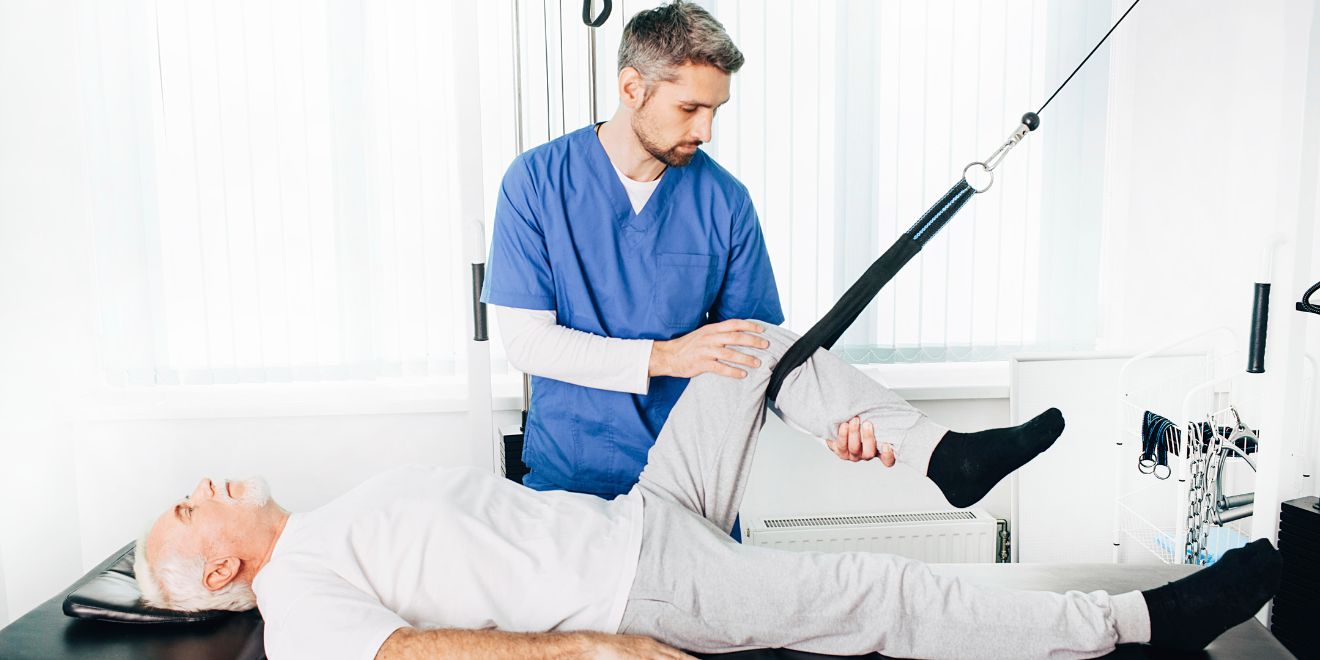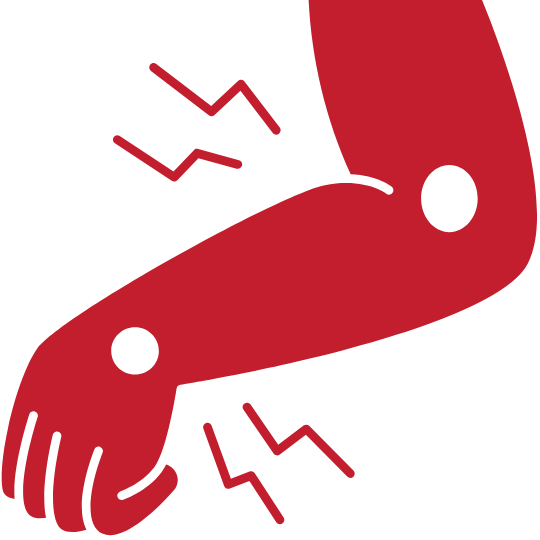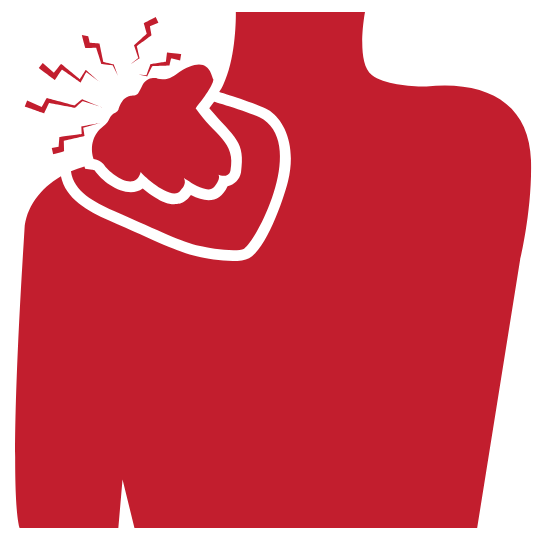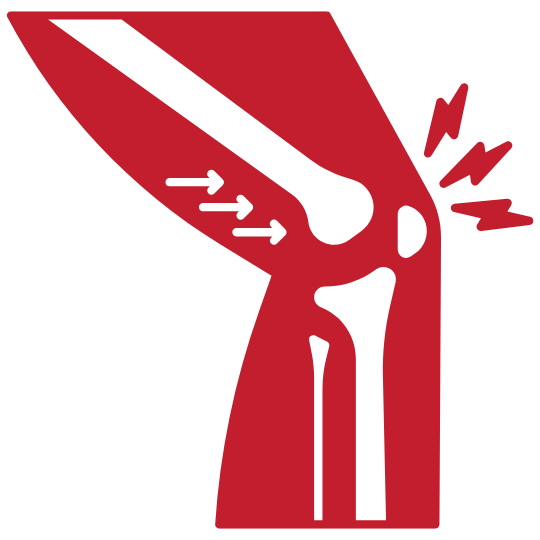The Role of Physiotherapy in Orthopedic Conditions
Physiotherapy plays a crucial role in the rehabilitation and management of orthopedic conditions, which involve injuries or diseases affecting the musculoskeletal system. By addressing pain, improving mobility, and restoring function, physiotherapists can help individuals recover from injuries, manage chronic conditions, and enhance their overall quality of life.


Common interventions used in orthopedic physiotherapy

Fractures
Assisting patients in recovering from fractures through range of motion exercises, strengthening, and gait training.

Joint Injuries
Treating conditions like sprains, strains, and dislocations by reducing pain, improving stability, and restoring function.

Arthritis
Managing conditions such as osteoarthritis and rheumatoid arthritis through pain management, exercise, and education.

Back Pain
Addressing acute and chronic back pain through a combination of manual therapy, exercises, and postural correction.

Shoulder Injuries
Treating conditions like rotator cuff tears, frozen shoulder, and impingement syndrome.

Knee Injuries
Managing injuries such as ACL tears, meniscus tears, and patellofemoral pain syndrome.

Hip Injuries
Treating conditions like hip bursitis, hip labral tears, and osteoarthritis of the hip.
Key areas of focus in orthopedic physiotherapy
- Pain Management: Using modalities like heat, ice, and electrical stimulation to reduce pain and inflammation.
- Range of Motion: Improving joint mobility through stretching, mobilization, and manual therapy techniques.
- Strengthening: Developing exercises to improve muscle strength and stability.
- Functional Training: Restoring daily living activities, such as walking, climbing stairs, and lifting.
- Postural Correction: Addressing poor posture and its associated pain.
- Assistive Devices: Prescribing and training patients in the use of assistive devices, such as braces or splints.
Common interventions used in orthopedic physiotherapy
- Exercises: Targeted exercises to improve strength, flexibility, balance, and coordination.
- Manual Therapy: Techniques like massage, mobilization, and manipulation to address musculoskeletal impairments.
- Hydrotherapy: Utilizing water-based exercises to reduce pain, improve mobility, and enhance cardiovascular fitness.
- Electrical Stimulation: Using electrical currents to stimulate muscles and improve function.
- Ultrasound Therapy: Using sound waves to reduce inflammation and promote healing.
By addressing the underlying causes of orthopedic conditions and providing personalized treatment plans, physiotherapists can help individuals recover from injuries, improve their quality of life, and prevent future problems.
Get your free online consultation


